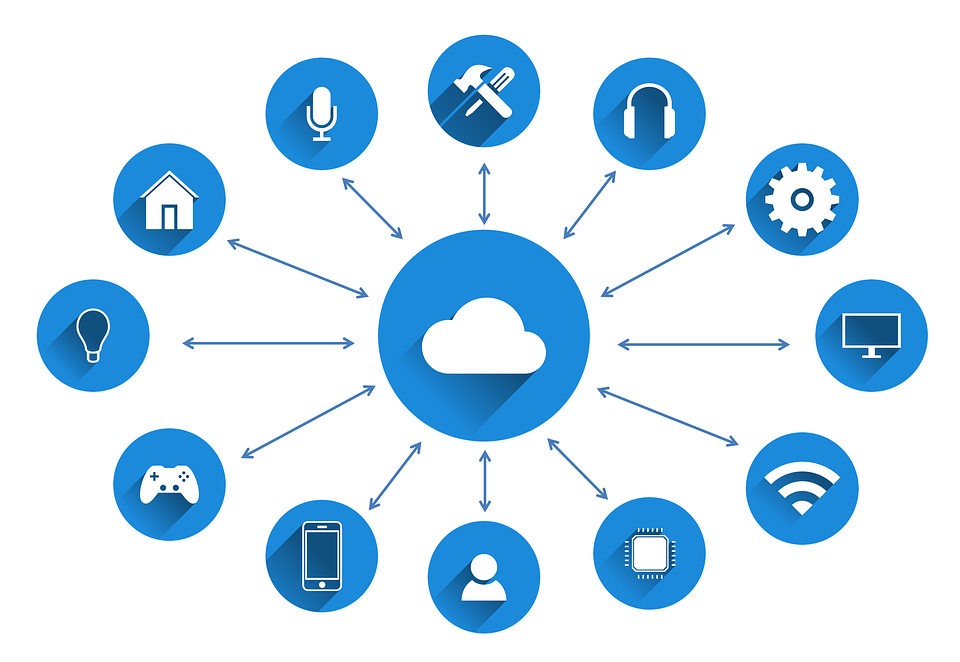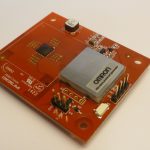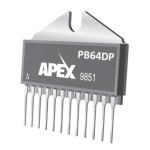
IoT
IoT has been experiencing accelerated growth in the recent past. More homes, offices, and industries are embracing this idea that is promising to change how we do live our lives. If the growth rate is maintained, it expected that by the year 2020, manufacturing, logistics and transportation and utility companies are expected to spend $40B each on IoT. During this same period, IoT market is expected to rise to $541B for ICT spend alone. To match this growth, new wireless standards have bee cropping up. Today we are going to features some of the leading wireless standards the market has to offer.
Top wireless standards
Zigbee
Zigbee is a product of Zigbee Alliance. The alliance maintains and publishes the Zigbee standard. It pushes application profiles that enable the creation of interoperable products using the Zigbee standard. Although it was conceived in 1998, hundreds of millions of devices are already using this technology. It was standardized in 2003 and revised in 2006 and has since become a very popular standard for IoT.
Zigbee is low power, low data rate, and close proximity ad hoc network. It also supports mesh networking topology. It is ideal for home and office applications since devices are usually located within a small area. It works within an area of between 10 to 100 meters, line-of-sight. It offers a data rate of 250kbps, 40 kbps, and 20 kbps.
Lora
LoRa is also an open global standard that is controlled by the LoRa Alliance which is a non-profit making organization. Unlike ZigBee, LoRa focuses on wide area networks. It is suited for long-range communications. It uses frequency bands like 169 MHz, 868MHz, 915 MHz and 433MHz which all unlicensed sub-gigahertz radio frequencies.
LoRa is ideal in situations requiring the deployment of a large number of non-critical sensors and control devices over a wide area. Since it uses unlicensed radio networks, it is ideal for city-wide environmental sensors, streetlamps control, agricultural farms, and small object monitoring. LoRa uses 64-bit and 128-bit keys for network, application and device encryption.
LTE-M
Long Term Evolution for Machines (LTE-M) is popularly known as the 4G network. It is arguably the industry’s answer to IoT’s M2M. It is a secured network that is suitable for long-range communications. LTE is a cellular carrier wireless system which is backed by GSMA and 3GPP standards organization.
LTE offers both indoor and outdoor coverage. It supports a huge number of low throughput devices, low power devices, low delay sensitivity, low device cost, and optimized network architecture. Owing to the fact that it works over cellular networks, LTE-M can be used to communicate with devices from IoT devices loaded into mobile assets like trucks, trains, boats among others.
LTE uses cell-tower positioning to provide location services hence does not need to use the satellite-based system, for instance, the GPS or Galileo. LTE is also very secure. Cellular networks use sim cards which are secured using NSA suite BAES-256 encryption and Identity Certification.
Picking the best option for your application.
When picking the best option for your application you need to consider the specific features that are critical to its functionality. You have to consider the associated cost, coverage, security, and compatibility. That way you will be able to pick the best standard for your application.



















